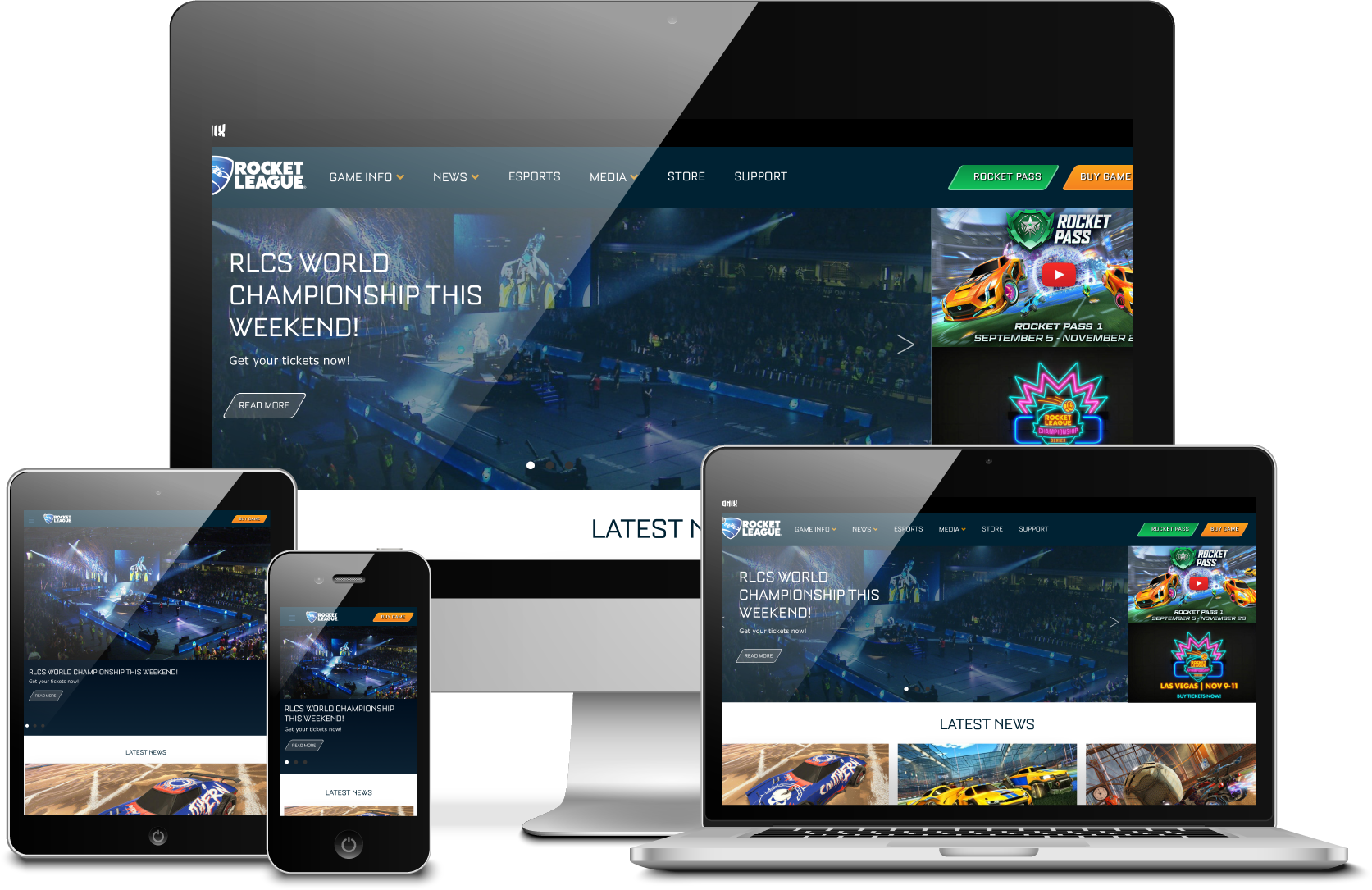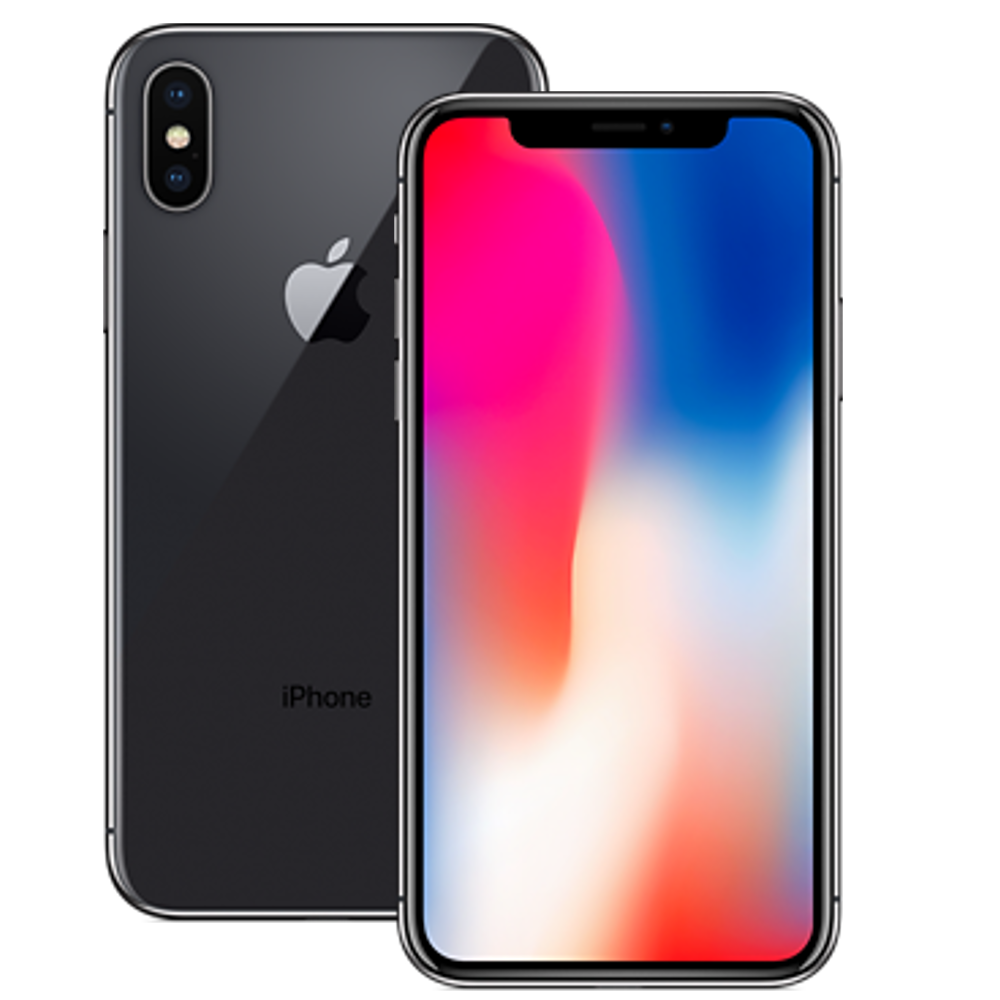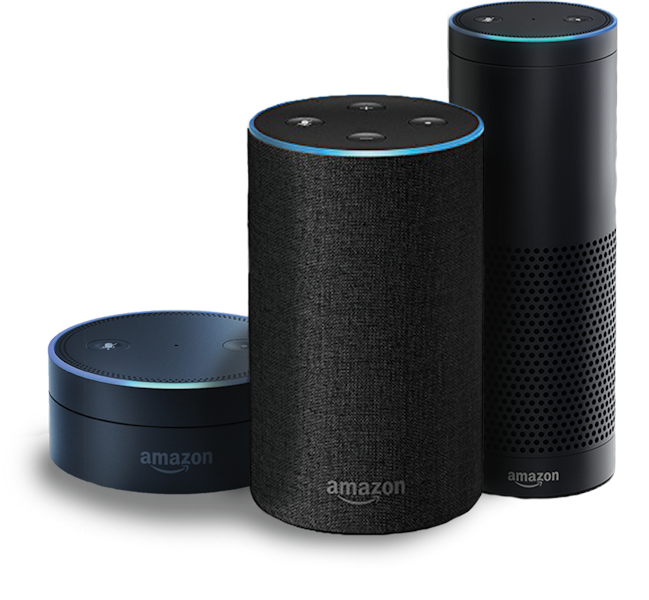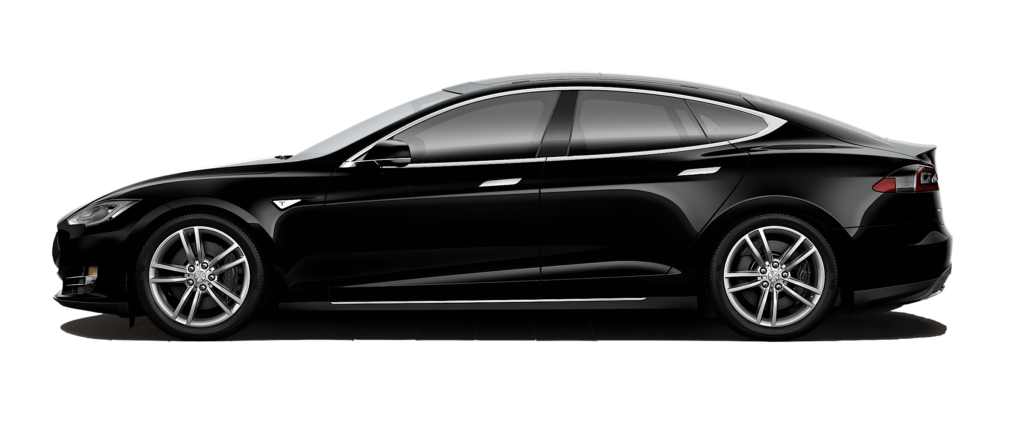What can you do with a headless or decoupled CMS, you ask? Well, my friend; you can do many, many things. In this article we're going to go over five different things you can build separately or in conjunction with a headless CMS. There are so many content opportunities!
Before we get into what you can build, let's talk about content.
What types of content are you going to serve to your audiences? Let's gets the ideas flowing. First put yourself in your target market’s shoes or conduct some research as to what type of content would they like to consume. Content starts in different forms, like articles.
But do these articles have a direction?
For example, if you were to sell food, you may have a blog where you write different recipes. This is very simple content that people likely to consume and is search engine indexable. If you're a brand like Sony and you’re selling cameras, talking about photographer’s trips and or the photographs they take is a great form of content.
Thinking this way will get the creative juices flowing and help you easily generate content and target your audience. When you have the content, there's a lot you can do with it. Let’s start where everyone starts: the website.
Number One: A Website

Obviously, this is the simplest of all things. The base of all content should live on the website. Websites can be cumbersome and difficult to wrangle these days because of all the technologies used to power a website, but it is nice to at least keep your content in one central location. Headless allows you to call content from a website and let the developers build on whatever type of technology they want. For the headless CMS, it allows you to keep your content decoupled from your view rendering, which could leverage many different JavaScripts and or CSS libraries that come and go and die with every iteration of the internet (which could be every 6 months). Essentially, headless CMS powers a website well because it allows the front-end, or the view, to change as often as it needs to without affecting the underlying content and content structures stored in the CMS.
Number Two: A Mobile App
 So now that your content is stored in a single location, you can send it many places. And you already have your website up and running, so what’s next? The next progression could be a mobile app.
So now that your content is stored in a single location, you can send it many places. And you already have your website up and running, so what’s next? The next progression could be a mobile app.
So let's pretend that you have recipes as your primary form of content. Well, why don't we send that content to an iOS or Android app that's free for recipes to serve your content? With Zesty.io or other headless CMS’s, you can simply get this out to the mobile app and have it synchronized practically for free. All you have to do is get the developers to build the mobile app and put it in the app store. Once you have this going, you can then creatively link back to your primary destination, whether it's selling a service or simply providing information.
Or, maybe you don't have a mobile app or the means to pay a developer to build and maintain one. But, with a headless CMS, you do have free flowing content that you can easily distribute into other mobile apps. Now, you can consider partners that you can distribute your content to, who could use your content in different mediums and set up arrangements to link back to your site and/or possibly make it a revenue source, so maybe you find another recipe out and give them access to your recipe so when they link back to you when that recipe loads.
Number Three: Video Game Consoles
 Now this one may seem like a stretch when using content like recipes, but let’s get creative. Let's pretend a video game had a timer and a dinner bell on it for guys who get carried away and play too many video games when they need to cook for their family. If that were the case, then you could deliver three ideas for dinner which could be three random recipes served by you!
Now this one may seem like a stretch when using content like recipes, but let’s get creative. Let's pretend a video game had a timer and a dinner bell on it for guys who get carried away and play too many video games when they need to cook for their family. If that were the case, then you could deliver three ideas for dinner which could be three random recipes served by you!
The goal for any marketer is to always be in front of the consumer. So, the recipes in the video game are simply pointing to another source on the internet from the download, or even the brands of the ingredients in the recipe. For example, if you're trying to sell a particular brand of chicken but the recipe just calls for chicken, your brand’s going to be top of mind even if the user is not consuming that brand at that moment. It’s part of human nature to reciprocate, so eventually they'll appreciate the help of providing recipes and probably start purchasing from the brand that pushes that recipe.
Number Four: Voice Devices, like Amazon Alexa or Google Home
 Continuing on the trend with reusing your content… say you have a website and a mobile app all being powered by a single content source (which is the headless CMS), you can now open up opportunities to voice apps like Amazon Alexa or Google home. Let's just say we still have recipes as the example. We get creative and build a voice app called “My Recipes.” A simple command like “search my recipes for chicken” could return a list of recipes available for chicken from your brand. The voice app can then direct the user from there and even purchase your item to cook later in the day.
Continuing on the trend with reusing your content… say you have a website and a mobile app all being powered by a single content source (which is the headless CMS), you can now open up opportunities to voice apps like Amazon Alexa or Google home. Let's just say we still have recipes as the example. We get creative and build a voice app called “My Recipes.” A simple command like “search my recipes for chicken” could return a list of recipes available for chicken from your brand. The voice app can then direct the user from there and even purchase your item to cook later in the day.
Even if the voice app is giving the user ideas search for with certain ingredients, that's success. It's also the start of integrating content into the Internet of Things world, and when you start thinking that way, new opportunities will arise whether it be content opportunities direct-to-consumer or partnerships.
Number Five: Self-Driving Cars
 This is the future, and while automating driving is not 100% safe or government approved at this point, the content experiences delivered in the car will come from headless CMS technology. As cars continue to move toward being engineered to drive themselves, that will leave cars to be rolling entertainment systems because people won't need to focus on the wheel. When that day comes, serving content to users in new creative forms which will probably mix voice, video, and text will be key to grow through marketing content. So say it's getting close to dinner and the car's heading home, that is the perfect opportunity to offer some recipes and provide an experience that lets people swipe through different recipes so they can think about what they're going to cook when they go home or stop at the grocery store on the way home to make a purchase based on your recipe. It's just about being creative with your content.
This is the future, and while automating driving is not 100% safe or government approved at this point, the content experiences delivered in the car will come from headless CMS technology. As cars continue to move toward being engineered to drive themselves, that will leave cars to be rolling entertainment systems because people won't need to focus on the wheel. When that day comes, serving content to users in new creative forms which will probably mix voice, video, and text will be key to grow through marketing content. So say it's getting close to dinner and the car's heading home, that is the perfect opportunity to offer some recipes and provide an experience that lets people swipe through different recipes so they can think about what they're going to cook when they go home or stop at the grocery store on the way home to make a purchase based on your recipe. It's just about being creative with your content.
In Summary
Here we used one source of content which was recipes served to five different mediums for the ultimate exposure to the consumer. With a headless CMS, your content can be everywhere your consumers are, too. It's very powerful for marketing and it empowers you to maximize the most out of the content you already have.
By Randy Apuzzo
Randy has had a penchant for computer programming from an early age and started applying his skills to build business software in 2004. Randy's stack of skills range from programming, system architecture, business know-how, to typographic design; which lends to a truly customer-centric and business effective software design. He leads the Zesty.io team as CEO.